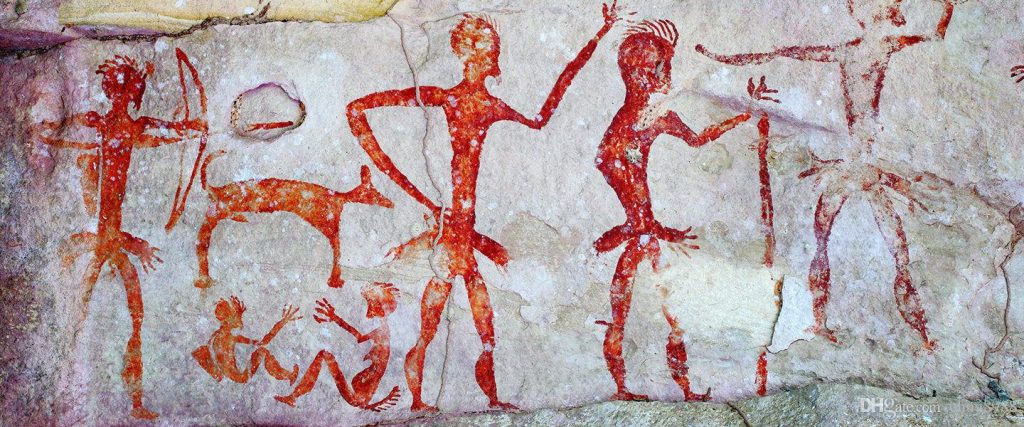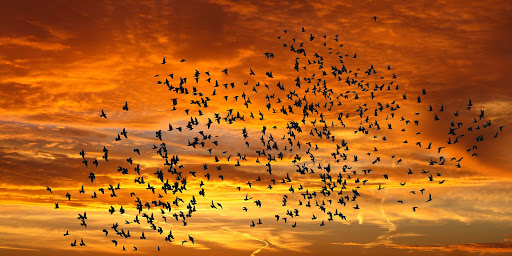Like Water and Wind | Resisting Massive Offshore Energy Projects in the Pacific Northwest
featured photo by insung yoon
It is quiet. The distant thrumming of the Pacific Ocean is interrupted by the swish of cars. From my home in Native American Wiyot land, situated between the borderlines of Humboldt Bay and the redwoods, I watch the rising sun grace the eastern horizon. The tide digests the ground as a harbor seal peers curiously at me.
Every morning, my son and I walk in a circle around our garden, and if we’re lucky, we encounter a Garter Snake twisting through the wild radish. My son notices that a sunflower in his raised bed is drooping. He points to the bowing face and says, “Mama, you let this flower die. You didn’t take care of it.” Pausing for a moment, I kneel beside him. “Oh, but I think I may have,” I said. “I let it die.” I explain the ways that new life will grow from the flower’s death, watching his 4-year-old mind grapple with the limits of our world. And then I wonder about something that toils at me like water against a rock—can my love for Earth penetrate my son’s awareness while an imposing system simultaneously diminishes Earth?
A few miles away, the green industry is preparing for a colossal port expansion. Here, wind machines higher than the Eiffel Tower would be assembled. This project requires new marine terminals, substations, grid lines, and specialized vessels. In addition, this demands a global chain of extraction with a distinctive carbon footprint due to the mining and refining of rare earth metals and energy for a bottomless need for steel production. Turbine blades use Balsa wood that is clear-cut from South American rainforests. The towers sit on a platform the size of a football field, anchored to the seabed by cables and chains as thick as a human body. When ocean winds, waves, and currents move the turbine bases, the chains would drag across the seabed, stirring up massive sediment plumes that suffocate and disturb precious marine ecosystems. Each turbine, connected to the grid through high-voltage cables that heat the benthic habitat, would radiate electromagnetic frequencies and harm fish larvae viability, crustaceans, sharks, and other marine life.
These turbines, interlinked with hundreds of miles of electric cables and anchor chains would be dotted with factory-sized floating substations that flood the ocean with boiling water. Increased ship traffic with high levels of ongoing anthropogenic noise would stress marine communities, disrupting and displacing their habitat and migration routes. From cradle to grave, these projects require fossil fuels and simply add to the existing fossil fuel industry. This increases the overall amount of energy produced. More energy supply results in higher energy use and development, thus more habitat loss, exacerbating climate change and ecological collapse. After a mere fifteen or twenty years of operation, these wind turbines will be shipped hundreds of miles to a landfill.
Protect The Coast PNW is a grassroots organization dedicated to protecting coastal ocean ecosystems of the Pacific Northwest.
The Pacific Ocean is the largest wilderness on the planet, home to millions of species. Life is most abundant near the shore: undersea reefs, kelp forests, seabirds, and whale migrations. Yet from Northern California to Alaska, the coast of the Pacific Northwest is increasingly threatened by industrial-scale offshore energy projects.
Scientists, environmentalists, Native American tribes, fishermen, and everyday people who love the ocean are coming together to oppose these projects. Protect The Coast PNW is a grassroots organization dedicated to protecting the Earth’s oceans and saving fish, whales, seabirds, marine mammals, and other forms of life by stopping offshore energy projects.
At a local neighborhood meeting, I ask a public official about his plans for decommissioning offshore wind turbines. Without hesitation, he assures the room that there will be time to address the placement of these titanic structures after they are built before he quickly moved on to the next eager questioner.
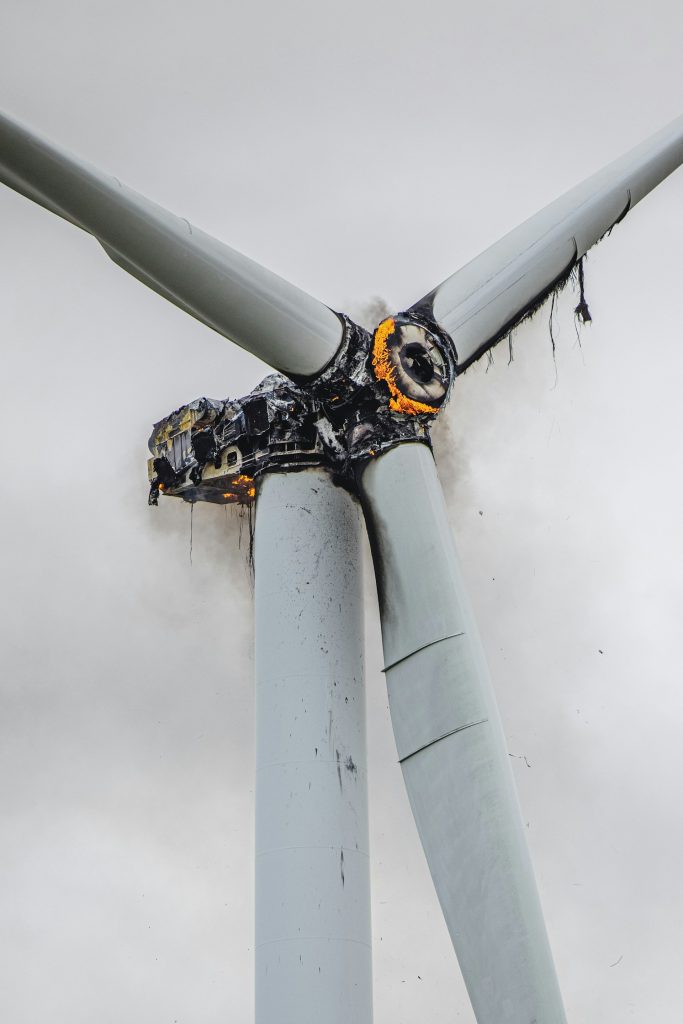
The belief that we are sustained by the very mechanizations that ravage the biosphere looks like something designed to shield us from the discomfort of physical limitations. I understand that any vulnerable and distressed populace hangs onto illusions to maintain relationships, albeit superficial, with the predominant social circles that uphold them. But there might be an under-appreciated consequence to this. As far as I can tell, in this industrial age, some are plagued by a kind of empathy asphyxia towards both human and non-human kin, promulgated by self-serving stories that overpower executive listening. In a quest to uphold the story about green, a vital part of our humanity is neglected.
My father worked in the oil industry. I remember guessing which offshore platform he was headed to for the week—Hilda, Grace, Gail, or Hope. His work on Chevron’s platforms captured my young curiosity. Those distant towers, faintly visible on the fog-lined coast that lit up on clear nights, were built into the architecture of my life. My loving father who worked hard to support his family was likely burdened by the contradictions he carried, just as I am burdened by my own. In school, we didn’t learn about the oil spill that once released up to 4.2 million gallons of crude oil that inched toward my beach town, killing thousands of sea birds, in addition to marine mammals and fish. I never heard about the environmental movement that spawned from this disaster, nor was I educated about those who were resolute in protecting the oceans.
As I write, Nantucket beaches have been closed after the disintegration of a single turbine blade left thousands of pounds of fiberglass, foam, industrial adhesive, and other contaminants in the water to wash up on beaches. I’m watching the offshore wind onslaught as if it were an old silent film where the actors’ exaggerated movements can’t appease a vacuous script. I try to remain neutrally composed while reading articles like “Exploring Wind Energy,” written under the pretense that modernity’s faithful ghost hasn’t already conceded its development. And again, within the Overton window of a one-way discussion is a belief that humans must subvert the fundamental principles of animated Earth whilst pretending to preserve Earth. A basic transmission of the decision process goes as follows:
Somewhere behind the curtain, the Department of Interiors waits for the Department of Commerce’s green light for permitting in order to fulfill a federal mandate. Once the Power of Purchase Agreement is signed, the federal government limits its legal and environmental review in order to uphold the state and developer PPA based on nameplate capacity. Their discussions swirl around numbers, dollars, and subsidy amounts. The managing agency, Bureau of Ocean Energy Management, which was previously the lease granting agency for the oil drilling that sustained my father’s career, openly admit major adverse impacts to fishing and environmental justice populations. BOEM also concedes these projects will not impact climate change. Their claim to virtue relies on “revitalization,” like the anticipated reef habitats from miles of ocean mooring installations and anchors, which is but one version of this superficial revival. In these meeting rooms, life is gentrified and sold back to the highest bidder and economic prosperity is a tautology. The question of life is an afterthought in a report compiled by government agencies. There isn’t a space to question the assembly line of adults leaping to explain cost and benefit. Nowhere in their measurements can one pause long enough to escort sobriety into the room.
If I reach my ancestral memory back to long ago, I know that viewing life through this narrow cost/benefit lens erodes intuition because it mechanizes the mind. I understand that mechanization can’t help but reduce life to the pursuit of efficiency, turning inspiration into a race with an imaginary finish line and awaiting reward. I also understand that machines are efficient, but integrated humans are not. Love and grief—as experienced by my son with the sunflower—are time-consuming, but they allow life to be meaningfully possessed by a vital nuance that resides in the heart. In essence, the ability to love compels our ability to grieve.
These two seemingly opposing emotions flow like a river into the sea. In my own practice, loving and grieving invites a willingness to sit with what is. The more I watch the urgency of industry, the more it appears to be something enduring agony, like someone unable to withstand stillness, bypassing the insight needed to acknowledge both wounding and joy.
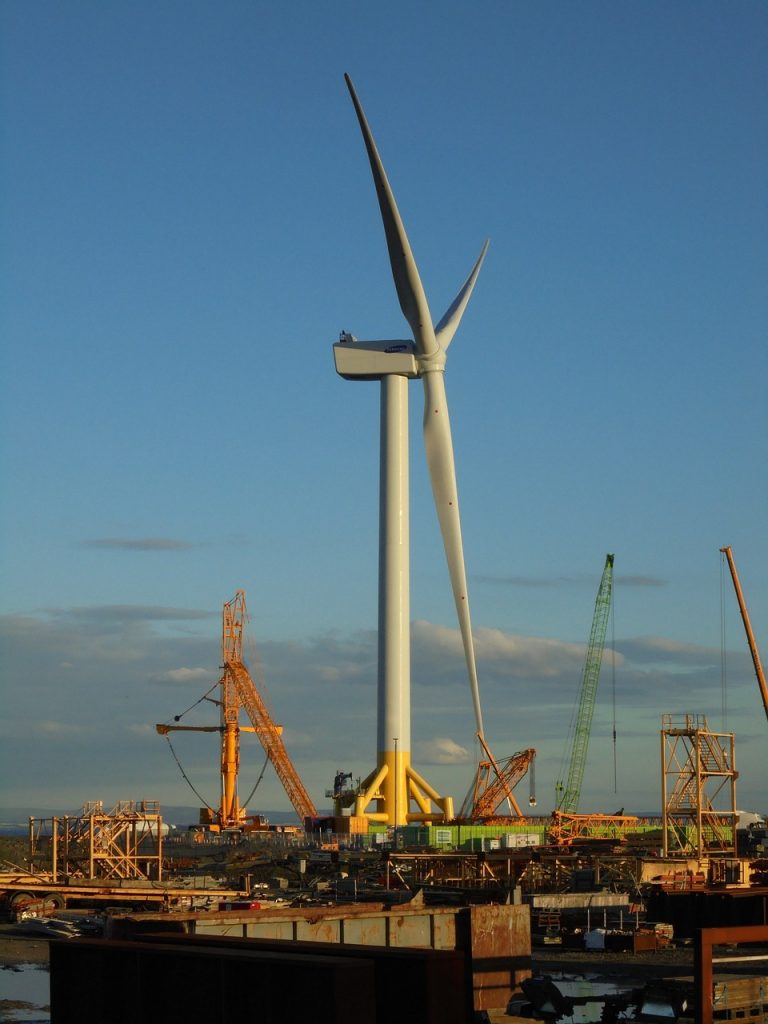 Western imperialism looks like one such juggernaut in agony, bypassing what is most life-affirming and resilient. Built from the blood of indigenous First Nations and enslaved Blacks, the western empire is coming home to roost as an effect, its crumbling façade opening a space for something more enlightened to emerge. The evidence of this collapse is plenty: Fentanyl on the ready, a military police state and sophisticated forms of digital surveillance and censorship, financial servitude, and land exploitation masked as climate policies. Coupled with the immeasurable hubris to destroy any country that does not acquiesce to a western imperialist vision, the U.S. is becoming as irrelevant to the global palate as tech industries are to the Earth. Empire takes oil, natural gas, lithium, canal access, and everything else under the banner of green. At its core, empire is the rancor that weakens our connection with place, banishing lifeways that tether humans to the sense that we come from somewhere.
Western imperialism looks like one such juggernaut in agony, bypassing what is most life-affirming and resilient. Built from the blood of indigenous First Nations and enslaved Blacks, the western empire is coming home to roost as an effect, its crumbling façade opening a space for something more enlightened to emerge. The evidence of this collapse is plenty: Fentanyl on the ready, a military police state and sophisticated forms of digital surveillance and censorship, financial servitude, and land exploitation masked as climate policies. Coupled with the immeasurable hubris to destroy any country that does not acquiesce to a western imperialist vision, the U.S. is becoming as irrelevant to the global palate as tech industries are to the Earth. Empire takes oil, natural gas, lithium, canal access, and everything else under the banner of green. At its core, empire is the rancor that weakens our connection with place, banishing lifeways that tether humans to the sense that we come from somewhere.
Like an initiate without a ceremony, I long for a place in this world. My French and Irish ancestors, like most Europeans fleeing their home, brought to Turtle Island not only a ruptured lineage, but also the belief in a single omnipotent god who had a diminutive relationship with Earth. Their notion that creation comes from an unlimited singular source stood in stark contrast to the way of the First Nations they encountered. When my son was a newborn, I’d walk from my house to the edge of the ocean with him strapped to my body in search of something out there. The world was locked down due to a virus and the beaches were dismally empty. The expanse and salty air pulled the suffocation from my throat, and I turned to the Silk Tassel and quick-footed Sanderlings. In my evolving relationship with life along these walks, my longing was elucidated by a sense that my ancestors are everywhere yet nowhere. Attunement to the interlocking language of trees, insects, birds, and grasses had been estranged from my instinct to survive. With every visit to the nearby nature center, it seemed the well-intended effort to preserve ecology with the scientific and historical language covering the walls was a stand-in for the spirit of place. I pause to hear the rattle of a Ten-line Shuffling June Beetle. I walk through thick fog listening for a story beyond species names and historical dates.
One such story is the potent dance between wind and water called upwelling. Wind-driven upwelling on this coast sustains millions of species. In this interplay of elemental forces, the wind cajoles the surface water to slide open, leaving room for deep, cold currents to swirl upwards and towards the shoreline. These currents upwelled from the Ekman layer, rich with nutrients, fertilize the phytoplankton in the mixed layer. In turn, these tiny creatures are consumed by zooplankton, which are devoured by small fish, then larger fish, and on and on. Already a study shows that any disruption—large or small—could shift this phenomenon beyond natural variability. Such a gift from the wind and sea, if compromised, would reinforce a long-enduring poverty, one emboldened by cultural amnesia.
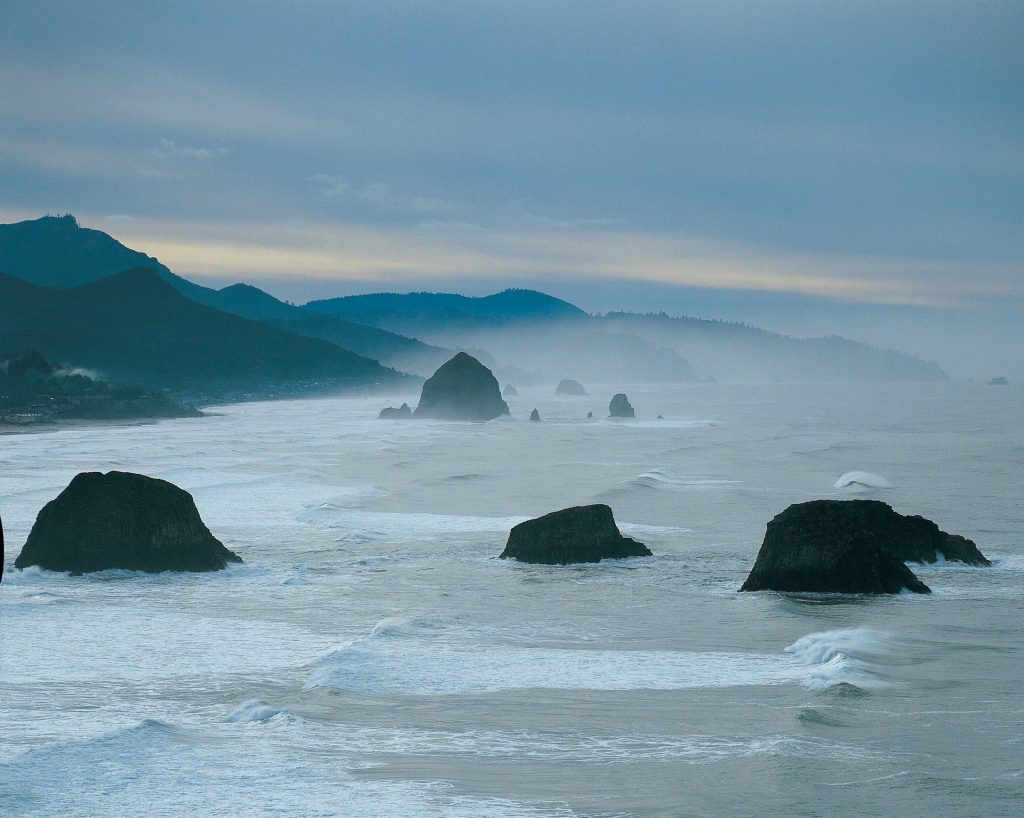
The “lesser evil” choice between killing whales with industrial wind energy versus by global warming is the barter when a society forgets where they come from. Memory loss is requisite for a false double bind, presenting us with only two possible paths. Expected to choose the wind energy path, we are handed a palliative solution that obscures our dependence on industry and the wound that it creates. A protean trickster, industry changes shape and name, but the blight it forges belongs to a legacy that arose long before industrial fossil fuel extraction. This solution promises salvation, cloaked by a technical language that leaves one hoping that the experts will soon be arriving. Hidden beneath the false double bind are countless ways that communities could re-localize and become more aligned with Earth. But it’s possible that the mental gymnastics required for choosing between “two evils” hinders this ancestral knowing, adding constriction to human consciousness. Some are searching for singular solutions with a linear trajectory when life thrives within diversity and gradation.
Some of us may have forgotten that intrinsic to sustainable cultures, obligation lies not with distant figures, mandates, or machines, but with place wisdom passed down by the ancestors who have returned to spaciousness. Part of the work as brief Earthlings might be to understand that honoring physical limitation is the door to the bubbling lightness of plenty known as gratitude.
Behind my house, Godwits lift off the Eelgrass in unison, evading a predator. My son and I walk along a dirt road lined with trailer homes and leaning telephone poles. At the abandoned market, men construct furniture from salvaged goods. I join their banter as they encourage my son’s bike pedaling with fist bumps. One hundred meters further, we make our way through shifting dunes blanketed with pastel pink and green Beach Buckwheat. Through Huckleberry and Sitka Spruce, the Peregrine Falcon cuts the air in a tango above a Rough Skinned Newt. While my son reaches for his sand tools, I’m pulled into the blue wilderness where porpoise fins surface and surge there way north. Moved by their unity, I yearn to swim beside their dark bodies like I did as a teenager, merging my slow exhale with their exquisite whistling choir.
LINKS TO SOURCES CITED
This is by York et. al (2019) and showing no drop in fossil fuel use with “renewables,” but energy generated from OSW is adding to the total amount of energy used, globally.
This is by Raghukumar et al. (2023) and shows that wind speed changes caused by offshore wind energy areas (OWEAs) can “reduce upwelling on the inshore side of wind farms and increase upwelling on the offshore side of wind farms.”
This study by Levitt et al. (2022) shows that artificial anthropogenic non-ionizing electromagnetic fields affected all species studied.
This includes a study by Daewel et al. (2022) showing that OWEAs affect “primary production” of marine life up to 10 percent.
Protect The Coast PNW is a grassroots organization dedicated to protecting coastal ocean ecosystems of the Pacific Northwest.





